Importance of Multiple Generators in a Data Center
In the dynamic landscape of today's digital age, data centers stand as the backbone of our interconnected world. As the demand for seamless connectivity and uninterrupted services grows, the role of data centers becomes increasingly critical. One key element that ensures the reliability and resilience of these centers is the use of multiple generators. In this post, we'll dive into the significance of having multiple generators in a data center and how they contribute to these vital facilities' overall efficiency and sustainability.
Reliability and Redundancy:
Data centers are entrusted with housing and processing vast amounts of data, making uptime and reliability paramount. Multiple generators provide a layer of redundancy, ensuring that in the event of a power outage or failure of one generator, others seamlessly take over, preventing any service disruption. This redundancy is crucial for maintaining continuous operations, particularly for businesses and organizations where downtime can lead to significant financial losses and damage to reputation.
Scalability and Load Balancing:
The demand for data processing and storage is ever-increasing, necessitating data centers to be scalable. Multiple generators allow for better load balancing across the facility, ensuring power is distributed efficiently. As the load on the data center fluctuates, generators can be activated or deactivated accordingly, optimizing energy usage and reducing the strain on individual units. This enhances the overall performance of the data center and contributes to energy efficiency, aligning with the growing focus on sustainable practices.
Mitigating the Impact of Natural Disasters:
Data centers, often concentrated in specific geographical locations, are susceptible to natural disasters such as hurricanes, earthquakes, or floods. In such scenarios, having multiple generators is a strategic defense mechanism. Geographically dispersed generators can be strategically placed to minimize the impact of a single catastrophic event. This ensures that despite adversity, data centers remain operational, safeguarding critical data and services.
Enhanced Maintenance Flexibility:
Routine maintenance is essential for the longevity and optimal performance of generators. Multiple units allow data center operators to perform maintenance on one generator without disrupting the overall power supply. This flexibility is vital for ensuring that the infrastructure is well-maintained and that potential issues are identified and addressed proactively, reducing the risk of unexpected failures.
Conclusion:
In conclusion, the importance of multiple generators in a data center cannot be overstated. The reliability, redundancy, scalability, and mitigation of risks associated with natural disasters all contribute to the overall resilience of these critical facilities. As technology advances and our reliance on data centers grows, investing in a robust and redundant power infrastructure becomes a necessity and a strategic imperative. By harnessing the power of multiple generators, data centers can continue to evolve as reliable and sustainable hubs for the digital world.
